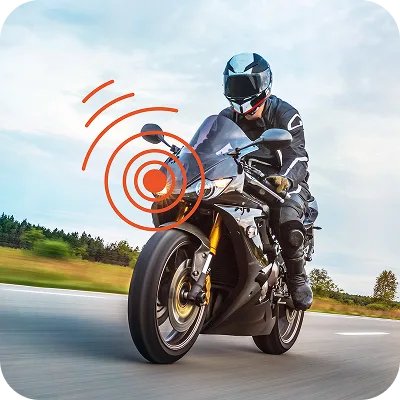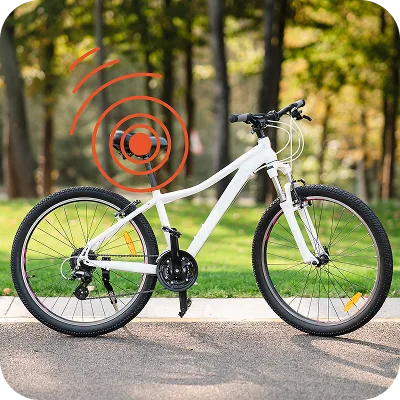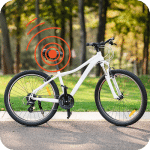5 most common GPS tracking mistakes to avoid
Data is an important part of our lives, data helps us in decision-making today. It provides insights, reveals trends, and helps us understand complex systems. GPS technology data gives the same function as it helps provide real-time insights into location, movement, and routes. It even helps in fitness tracking. Since GPS trackers impact many areas of our lives, we must ensure they produce accurate data; otherwise, it could compromise safety and productivity. To avoid creating inaccurate data and compromising safety, we must avoid these five most common GPS tracking mistakes.
Poor Placement of the Tracking Device
One of the most common mistakes we have seen from GPS tracker users is placing the tracker where it can’t receive a clear GPS signal. When placing a GPS tracker make sure it is away from metal objects or interference sources. This can produce wrong data and affect the efficiency of the device.
Still, you have doubts about where to place the GPS tracker in the car.
Neglecting Battery Life
There are two types of GPS trackers. One needs installation to the battery; this is typically hardwired or OBD-type GPS trackers mostly used in vehicles. However, for battery-powered GPS trackers without installation, you need to make sure that the device is charged or does not have a battery drain. This can create issues in collecting data, so for battery-powered trackers, set reminders for regular charging. Consider hardwired options for vehicles to avoid battery issues.
Ignoring Update Frequency Settings
GPS tracking service providers usually roll out updates for working software in the system. To properly work and get the full functionality of the service, it is a must to update it. Sometimes if you don’t update, GPS tracking will provide outdated maps or glitches. This is a main GPS tracking mistakes to avoid.
The best practice is to regularly check for software updates. If you don’t have the time, most GPS devices offer an option to automatically download and install updates. Be sure your GPS tracker’s battery is fully charged (for battery-powered devices) before starting the update process.
Failing to Test the System Regularly
People always complain about the accuracy of GPS as the device will show the place slightly off of your actual location. Why this inaccuracy?
Assuming the tracker is always working without periodic checks is a mistake. Make sure to conduct regular tests to ensure the device is functioning correctly. Set up alerts to notify you of any malfunctions or connectivity issues. Some GPS devices need to be calibrated frequently, which may cause incidents like this: The vacationing couple accidentally drove their vehicle off a marina boat dock and into the water below due to GPS confusion, leading to a dramatic rescue. that occurs if GPS is not properly calibrated. You can calibrate your device by going to the settings menu or following manual instructions by the provider.
You don’t need to worry about calibrating your GPS device if you have a PAJ GPS tracker, as it doesn’t require any calibration.
Privacy and Legal Considerations Mistake
GPS tracker will help you track real-time, and you can know where the person, object, or asset is without any delay. But make sure you have consent before tracking, especially when tracking individuals. That means even tracking your children. Be aware of local laws regarding GPS tracking. Using GPS trackers without considering legal and ethical implications is stupidity and please don’t do that. Use GPS tracking technology responsibly and transparently.
.
























